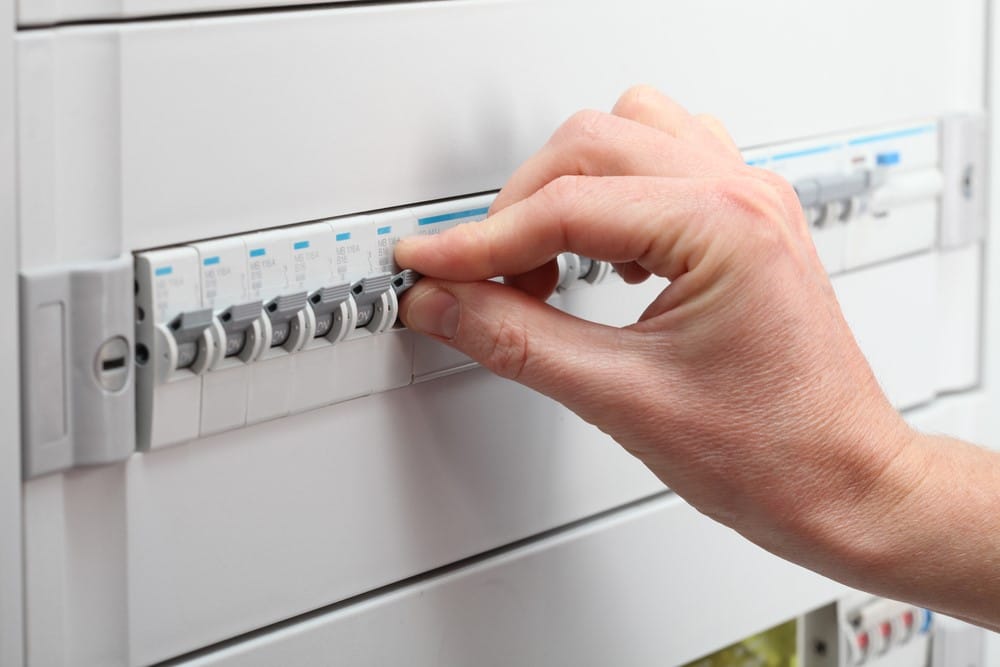How to check for dangerous wiring in your home
With electrical wiring hidden away within the roof space, walls, or under the floor where you can’t easily see it, it’s difficult to know the state of your home’s electrical wiring; whether it has been recently updated and is safe or if it’s not up to Australian Standards, posing a hazard to your family. Dangerous wiring may also cause damage to expensive electrical appliances. There are several indicators that your home may need full or partial rewiring. Here are the most common reasons you may need to rewire your home or premises;
Your current wiring is cotton-insulated or rubber-insulated
Homes with dangerous cotton-insulated or rubber-insulated wiring need to be rewired. Cotton and rubber-insulated cabling ceased being used in homes and commercial properties in the 1970s as the insulation had a short life compared to the thermoplastic-insulated cabling we use today. As insulation deteriorates, the risk of electric shocks, electrocution and fire increases.
You notice your insulation is visibly deteriorating or you have old ceramic fuses
With many homes built prior to the 1970s, it is common to see old ceramic fuses in switchboards. Ceramic fuses were used in conjunction with cotton-insulated or rubber-insulated type wiring that has well and truly reached its end of life.
Without exception, deteriorated insulation, exposed copper wiring which is no longer insulated or steel conduits are in place, it is vital to have a licensed electrician inspect and test it for safety and NEVER enter a roof space without first having a licensed electrician inspect it for safety.
Your circuits keep tripping with no obvious appliance causing the issue.
Circuit breakers isolate the power supply to a circuit whenever a circuit is overloaded. Frequently tripping circuit breakers indicate that your circuit is overloaded with too many high-energy demanding appliances. Talk to a licensed electrician and find out what your options are.
Your lights dim, flicker or make a buzzing sound.
Another possible sign of deteriorated electrical wiring is flickering, buzzing or dimming lights. Buzzing, flickering or dimming lights require inspection by a licensed electrician to ensure your wiring is not to blame.
Overheating power points which feel warm to touch or are smoking or sparking.
Overheating power points may be indicative of a more dangerous issue with the wiring behind the wall. Arcing cabling behind power points carries a real risk of fire. It’s best to have a licensed electrician inspect and test to determine the cause.
Smoking, sparking or the smell of Burning and Odd Odors.
Burning smells mean that fire damage is occurring, if that’s the case, it’s imperative to have it fixed by an electrical professional immediately.
What to do if you have dangerous wiring?
If you have any of the problems listed above, Hornsby Electric has a team of experienced electricians able to inspect your home’s electrical wiring and inform you if you need to update your wiring. Give our team a call on 9477 2550 for an obligation-free quote.

